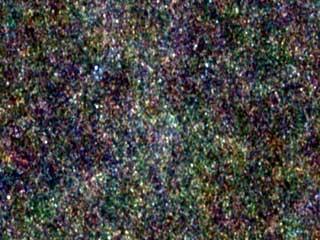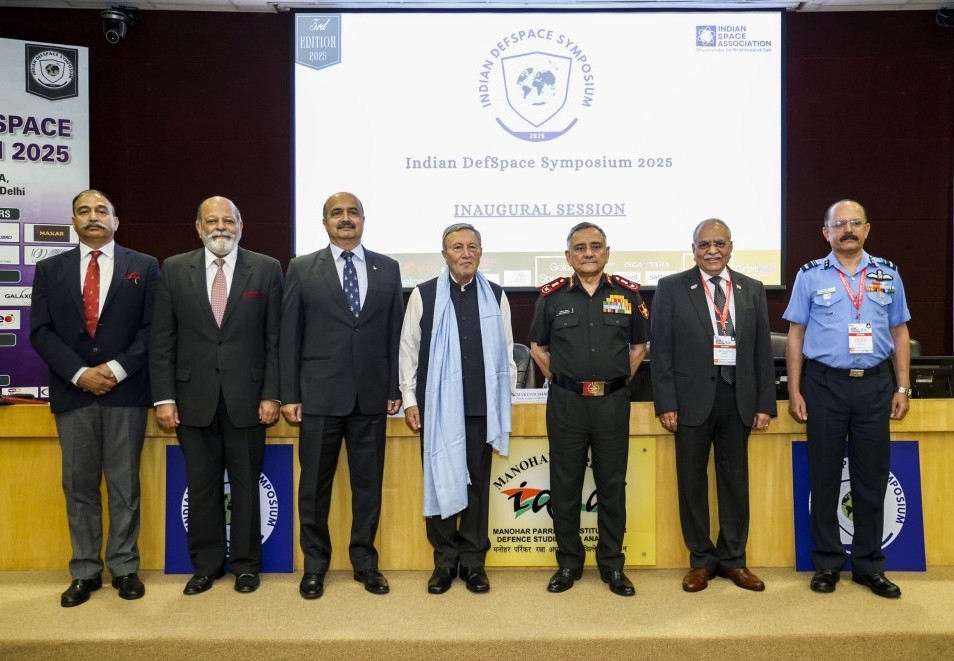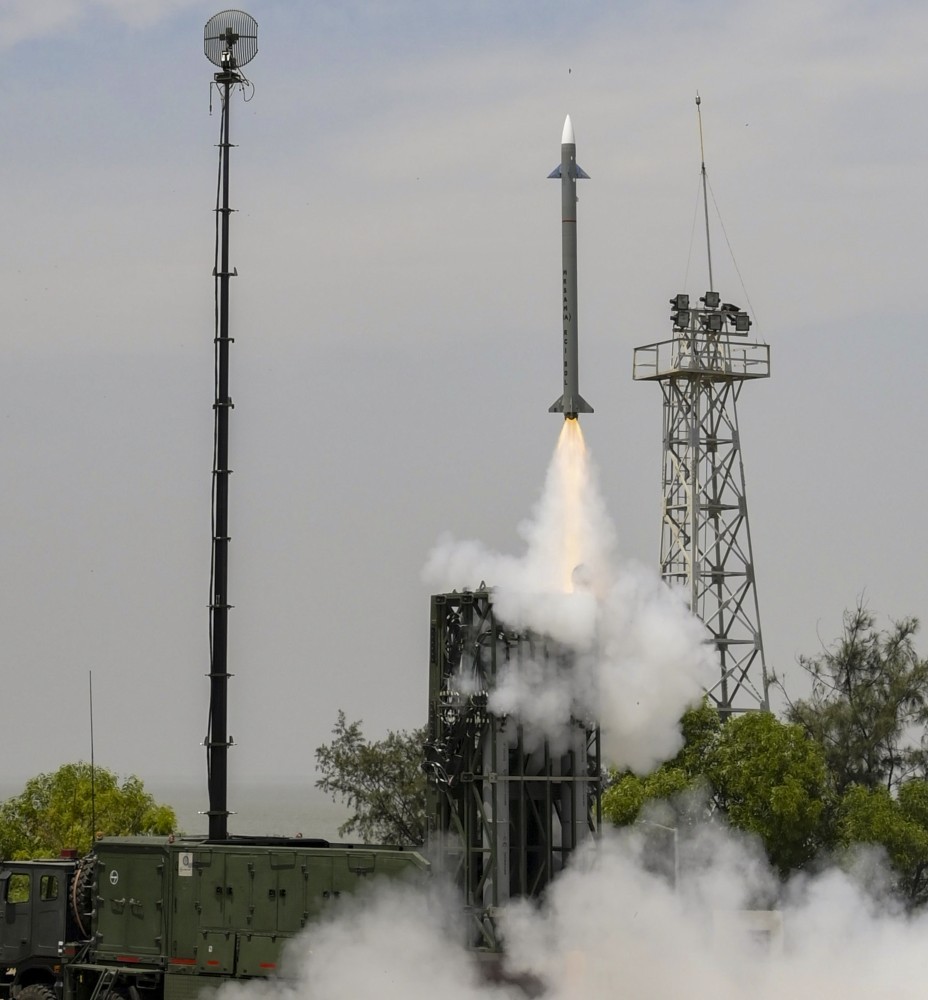
The image of the area surveyed in infrared light by the Herschel Space Observatory, all of the little dots in this picture are distant galaxies. Photo: ESA/Herschel/SPIRE/HerMES.
CALIFORNIA (BNS): Herschel Space Observatory has discovered the amount of dark matter used to form a new galaxy bursting with stars, according to NASA's Jet Propulsion Laboratory (JPL).
The findings are a key step in understanding how dark matter, an invisible substance permeating our universe, contributed to the birth of massive galaxies in the early universe.
"If you start with too little dark matter, then a developing galaxy would peter out. If you have too much, then gas doesn't cool efficiently to form one large galaxy, and you end up with lots of smaller galaxies. But if you have the just the right amount of dark matter, then a galaxy bursting with stars will pop out,” said astronomer Asantha Cooray of the University of California, Irvine, said.
The right amount of dark matter turns out to be a mass equivalent to 300 billion of our Suns.
Herschel launched into space in May 2009. The mission's large, 3.5-meter (11.5-foot) telescope detects longer-wavelength infrared light from a host of objects, ranging from asteroids and planets in our own solar system to faraway galaxies.
The maps showed the galaxies are more clustered into groups than previously believed. The amount of galaxy clustering depends on the amount of dark matter, it said.
Astronomers were able to determine exactly how much dark matter is needed to form a single star-forming galaxy after a series of complicated numerical simulations.
 Previous Article
Previous Article Next Article
Next Article













The Indian Air Force, in its flight trials evaluation report submitted before the Defence Ministry l..
view articleAn insight into the Medium Multi-Role Combat Aircraft competition...
view articleSky enthusiasts can now spot the International Space Station (ISS) commanded by Indian-American astr..
view article